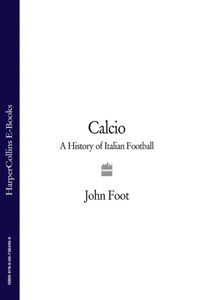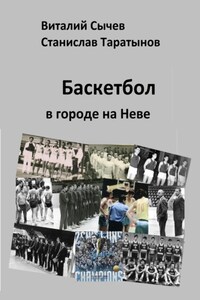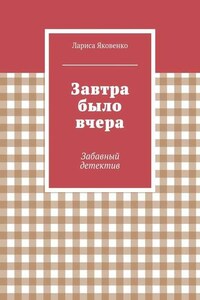‘Football is always late in making history’
GIOVANNI ARPINO and ALFIO CARUSO
I’ve never really forgiven Italian football, or Juventus, for buying my favourite player in 1980. Liam Brady was my hero and a footballing genius and I saw him from the North Bank as he scored against Manchester United in 1978. Later, I watched with awe as he destroyed Tottenham at White Hart Lane with one of the greatest goals ever seen on UK TV. Brady’s last act for Arsenal was to miss a penalty in the ill-fated shoot-out that decided the Cup Winners Cup final with Valencia in 1980. I followed Brady’s career in Italy religiously, waiting for signs that the prodigal son would return home. After two championships in two seasons with Juventus (the second of which was decided by Brady’s ice-cool penalty on the last day) Liam was sacked in favour of Michel Platini. Surely, now, he would return to Highbury. But Italian football continued to employ him for another five years: at Sampdoria, Inter and finally even Ascoli. When Brady eventually came back to England he was a shadow of the player he had been, managing one more season with West Ham (where he scored a beautiful goal against Arsenal) before retiring and finally coming back to Highbury as youth coach.>1
Italian football, then, stole my hero. Later, this interest in calcio (the Italian word for football) began to blossom when I moved to Milan in 1988 – ostensibly to study the origins of fascism in that ex-industrial city. My Italian was picked up largely through watching TV, and trying to follow the innumerable matches screened at that time. I started to buy the pink Italian sports daily – La Gazzetta dello Sport. My first vocabulary was football-linked: calcio di rigore – penalty; penalty – also penalty; rimessa laterale – throw in; calcio di punizione – free kick; ammonizione – booking; calcio d’angolo – corner; corner – also corner; il mister – the manager. Many of the terms seemed to be simply English words, although sometimes they had slightly different meanings. Other phrases were more difficult – gamba tesa – going into a tackle with your leg straight out; espulsione – sending off; melina – passing the ball around uselessly amongst the back four. I started to take the tram to one of the most stunning football stadiums in the world – the San Siro – at that time being refurbished for the upcoming 1990 World Cup.
In my first year in Milan, Inter easily won the championship under record-breaking manager Giovanni Trapattoni. I had found my team. Surely, they would go on to success after success. Moreover, they were the club supported by my future Milanese wife (and, perhaps even more crucially, my future mother-in-law). The good omen of Arsenal’s last-gasp championship victory in the same season sealed my decision: it was the wrong one. Inter would not win another championship for 17 years, and even then in the most bizarre circumstances imaginable. In the early 1990s, however, AC Milan were the team to watch. Under the innovative tactical regime of manager Arrigo Sacchi, the city’s other team played the most scintillating form of attacking football imaginable. Catenaccio (a defensive style of football, made popular in Italy) was rejected in favour of a fast-moving, aggressive game. Plus, Milan had the players to match this style of play. A Dutch trio dominated the early 1990s – dreadlocked Ruud Gullit (who flew back on the same plane as me to London on one occasion, and was followed around town by huge crowds of fans) provided pace, flair and explosive attacking skills. Frank Rijkaard was the midfield general (I also bumped into him at the airport – Milan is a small city) whilst up front prowled the most complete striker of his generation – Marco Van Basten. All this was supported from the back by two of the greatest defenders in football history – Franco Baresi and Paolo Maldini. Teams still played with sweepers when I arrived but Milan’s success was to herald the death of that tradition. This was football from heaven. I also noticed that the team’s president was a short, balding, charismatic businessman who smiled a lot and interfered with great frequency in his team’s affairs. I was to see a lot more of this man through the 1990s. I even ended up studying him. His name? Silvio Berlusconi.








